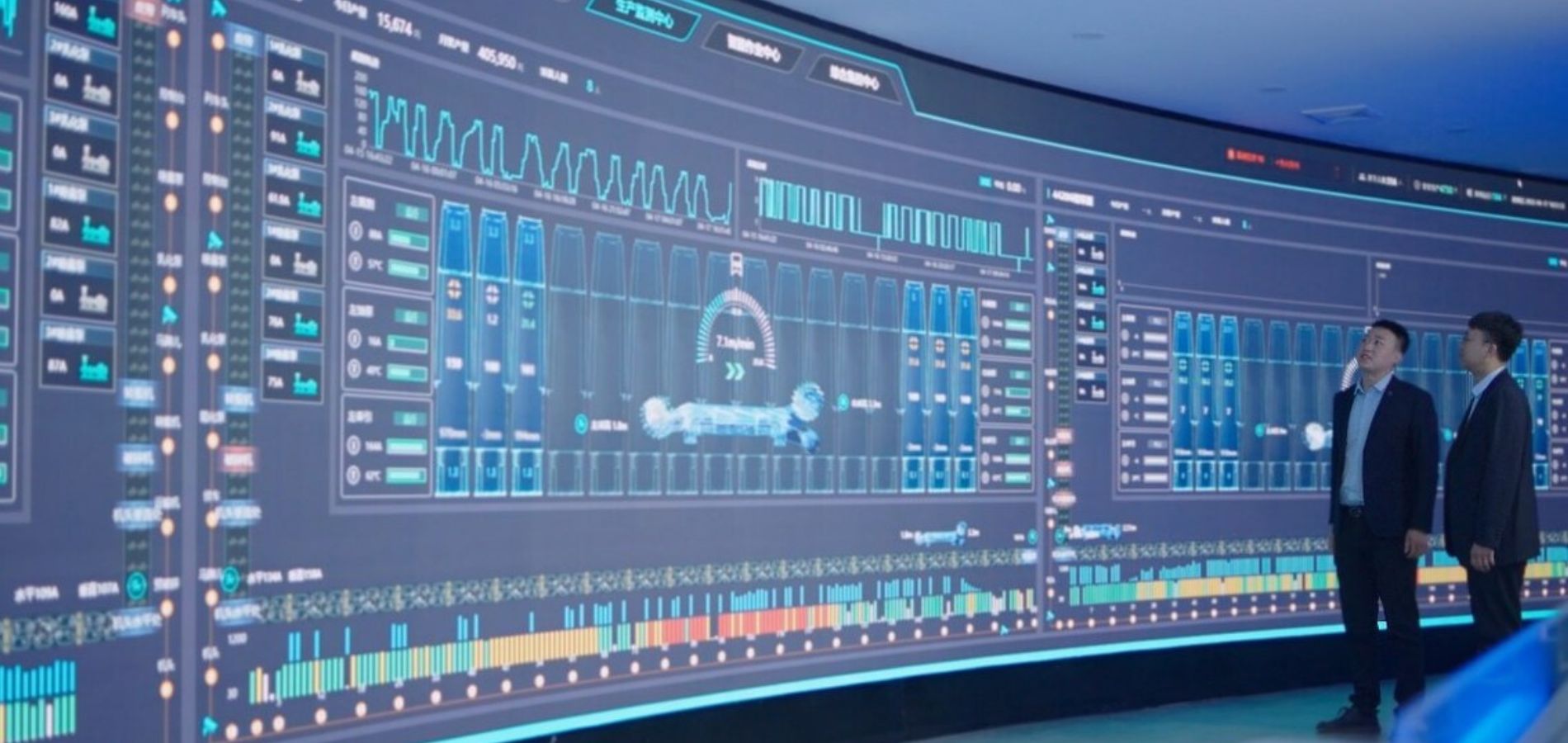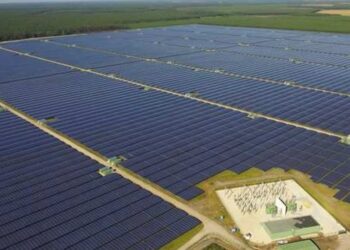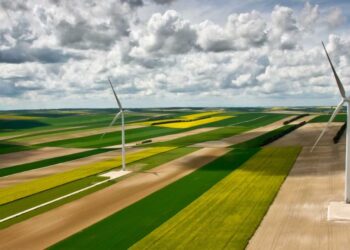With a hard hat on and his eyes glued to his phone, a worker in a digitalized mine in China controls the extraction of coal with a simple finger movement on his screen. 500 kilometers southwest of Beijing, the coal province of Shaanxi is entering a new era where technology is shaking up a mining industry that was previously somewhat stagnant.
The “intelligent” Hongliulin mine in Shenmu (north) is a pioneer in this modernization, even though China has committed to reducing its greenhouse gas emissions by 2030.
Cameras and sensors
In a control room full of surface screens, curves, graphs, percentages and images of the mine are displayed in real time. Smart mines have already been a reality in Canada for a few years. But the Covid-19 pandemic has accelerated this trend in China, which aims to digitize all its mines by 2035 to improve safety and productivity. This modernization “has reduced the intensity of our work,” Ruan Banlin, a 10-year employee of the mine as an electrician, told AFP. Instead of humans, robots now patrol the dark and narrow underground tunnels for inspection tasks. And “we have cell phones now (…) it’s much easier to communicate,” insists the 33-year-old miner in a gallery permeated with a strong smell of humidity.
Underground, sensors, smart cameras and 5G relay boxes crisscross the mine. These technologies allow all kinds of information to be instantly surfaced and processed. From the extraction of the ore to its transport on a conveyor belt, not to mention the detection of hazards, all data is centralized. This facilitates decision-making, when previously information shared orally between minors was not necessarily passed on or coordinated.
Coal in abundance
Thanks to digitization, the underground crew has been reduced by 40% – but not the workforce, mine management assures us – and only miners essential to maintenance continue to descend. At the same time, each team was able to increase its production by one-third, according to Huawei. Good news for the mine and China’s energy supply but not for the planet. According to Greenpeace, the Asian giant gave the green light in the first quarter to as much new coal-fired power generation capacity as it has in the entire year 2021. In China, “there has been a decrease in the total number of coal mines but […] an increase in total production,” Xie Wenwen, a Greenpeace official, lamented to AFP.
At the end of 2022, the country had some 4,400 coal mines, according to official figures. China is the world’s largest emitter of greenhouse gases such as carbon dioxide (CO2), which are responsible for climate change, both in absolute terms and in relation to its population of 1.4 billion. Its emissions commitments are considered essential to limit the increase in global temperature. – New market – Digitization of mines should improve conditions in an industry regularly plagued by disasters. While safety has improved in China over the past few decades, accidents still occur regularly due to the inherent danger of the industry and the sometimes haphazard application of instructions.
The digitalization of the sector is also a future opportunity for Huawei, targeted since 2019 by U.S. sanctions that have hurt its phone business. “It’s definitely a promising sector,” smiles Huawei’s head of mine digitization, Xu Jun, noting the presence of many competitors in this niche. Huawei, which in 2022 saw its net profit melt by 69% year-on-year, has embarked in recent years on an all-out diversification to rebound. The equipment manufacturer is considering expanding its scanning business “to other types of mines as well as overseas” although China remains the priority, Xu Jun emphasized.






